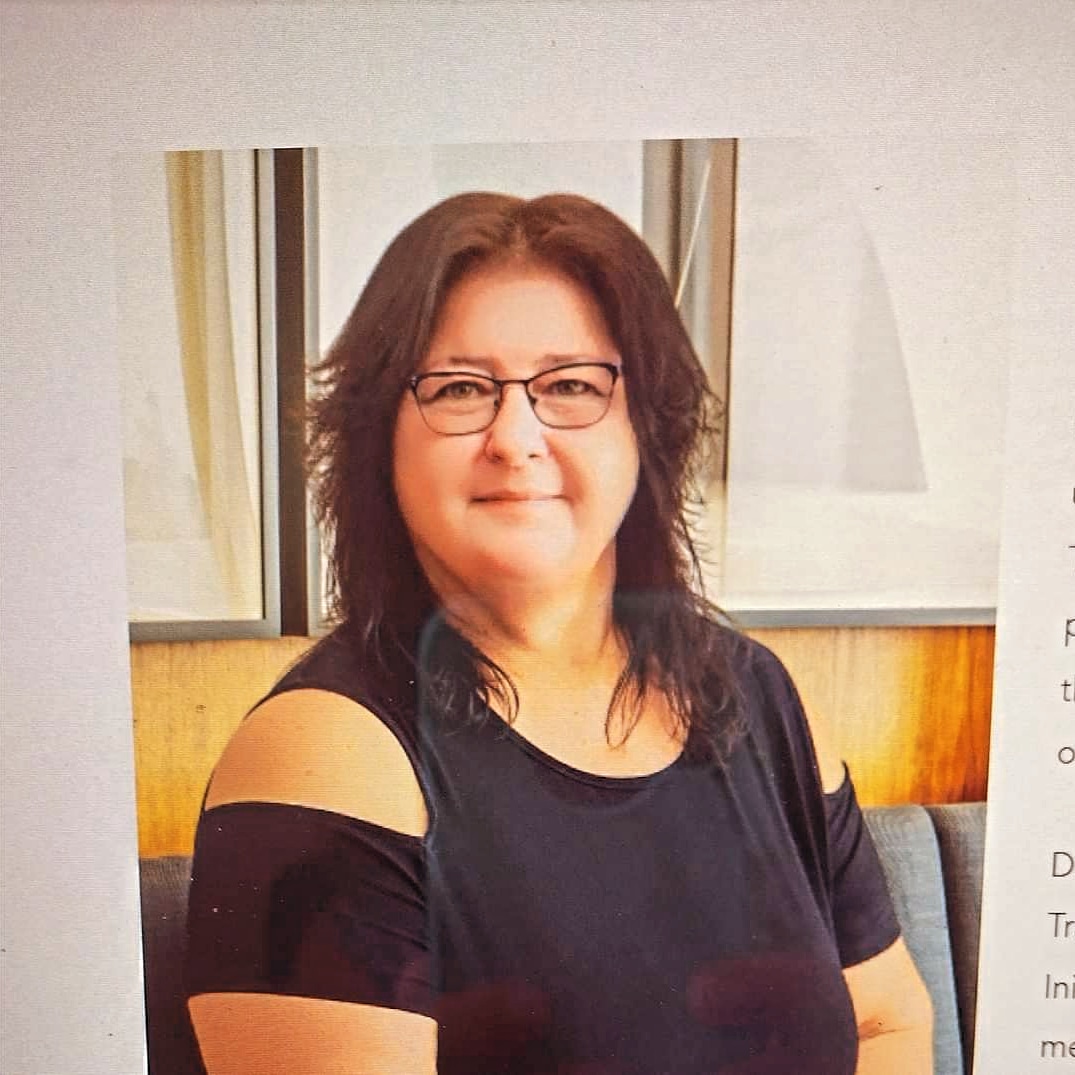Creating a Safe Space to Heal: Your Journey to Mental Well-being
- Dawn Feldpausch, LCSW
- Aug 29, 2023
- 2 min read
In the journey towards mental well-being, having a safe space to heal is of utmost importance. It's a place where you can be your authentic self, express your emotions, and find solace amidst life's challenges. In this blog post, we'll explore the significance of creating a safe space for healing and provide practical tips to help you cultivate one. Let's dive in!
1. Understanding the Importance of a Safe Space
A safe space serves as a refuge—a sanctuary where you feel protected, supported, and understood. It's a space where you can lower your guard, free yourself from judgment, and explore your thoughts and emotions without fear. Having a safe space enables you to embark on a journey of self-discovery and healing with confidence and peace of mind.
2. Designing Your Physical Environment
Start by creating a physical environment that promotes feelings of safety and comfort. Choose a space that resonates with you—a cozy corner in your home, a serene garden, or a dedicated room for reflection. Personalize it with soothing colors, soft lighting, and meaningful objects. Decluttering and organizing can also contribute to a sense of calm and clarity.
3. Cultivating Emotional Safety
Emotional safety is equally vital in a safe healing space. Surround yourself with supportive individuals who validate your experiences and provide a listening ear.
Whether it's friends, family, or professional counselors, their presence can offer invaluable support and guidance. Communication and setting boundaries are key components of emotional safety—express your needs and establish clear expectations within your relationships.
4. Engaging in Self-Care Practices
Self-care is an essential aspect of creating a safe space for healing. Dedicate time each day for activities that nourish your mind, body, and soul.
Engage in mindfulness exercises, practice deep breathing or meditation, journal your thoughts and emotions, or explore creative outlets such as art or music. These practices help you reconnect with yourself, reduce stress, and foster a sense of well-being.
5. Seeking Professional Support
Sometimes, creating a safe space to heal requires professional guidance. Consider reaching out to mental health professionals who can offer specialized support tailored to your needs. Therapists, counselors, or support groups can provide a structured and confidential environment for processing your thoughts, emotions, and experiences. Their expertise can empower you on your healing journey.
Conclusion
Creating a safe space to heal is an invaluable part of your mental well-being journey. It provides the foundation for self-exploration, personal growth, and resilience. Remember, healing takes time and patience. Embrace self-compassion, celebrate your progress, and be open to seeking support when needed. You deserve a safe space where you can heal, grow, and thrive.
At Mental Health 2 Go, we're dedicated to supporting individuals on their path to mental well-being. Explore our resources, connect with our community, and discover tools to help you cultivate a safe space for healing.nnnnn--j Together, let's embark on a journey towards a healthier, happier life.





Comments